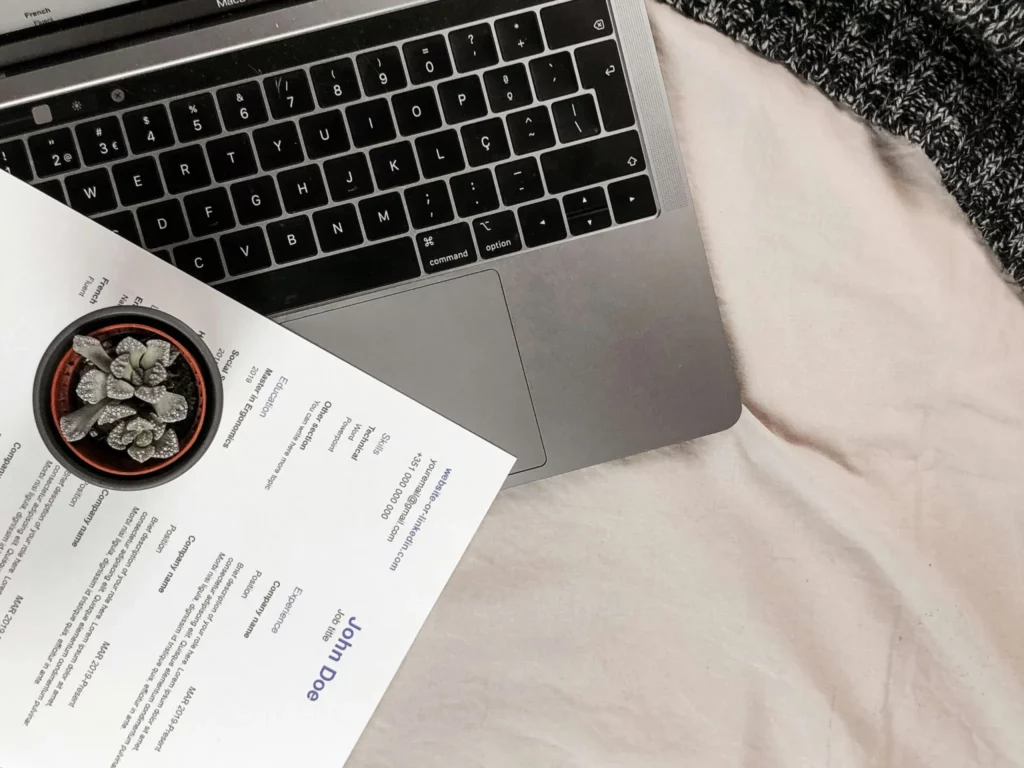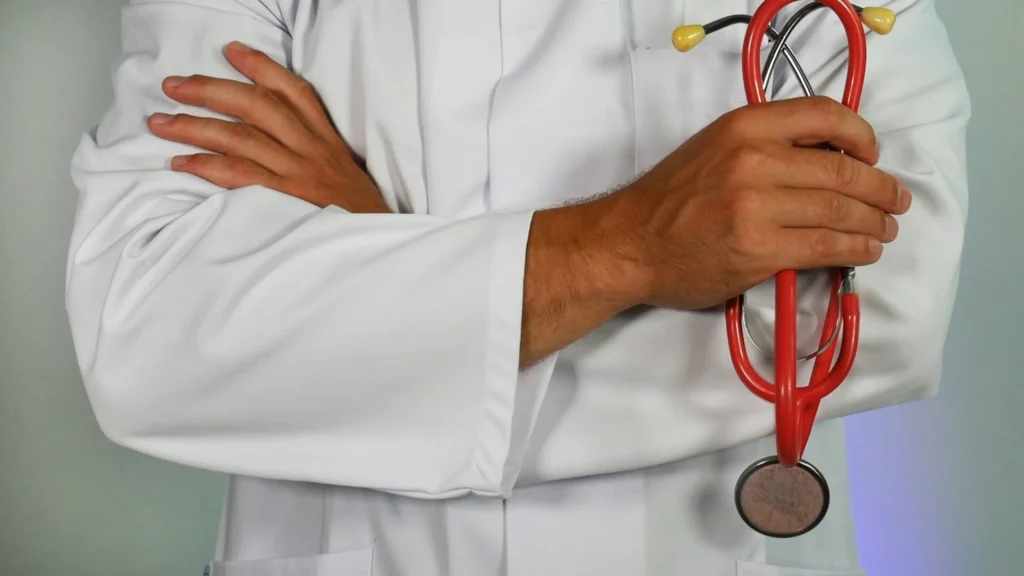Navigating a soft landing in Canada – your guide to a seamless transition.
Making a soft landing in Canada after snagging your Confirmation of Permanent Residence (CoPR) is a crucial step in the immigration process. It’s not just about getting there; it’s about navigating the initial days smoothly.
From practical tips on what to pack and how to open a bank account to understanding the essentials of Canadian culture, this article will break down the basics for a hassle-free start to your new life up north. So, if you’ve got your CoPR in hand and are gearing up for the move, let’s dive into the practicalities of a soft landing in the Great White North.
What exactly is Soft Landing?
A soft landing offers newcomers the opportunity to briefly visit Canada to fulfill their Canadian immigration requirements and kickstart the processing of their Permanent Residency (PR) before making a permanent move. It’s not dissimilar to a tourist choosing to acclimatize to the new surroundings before diving into the itinerary.
From the regulation standpoint, it’s important to make the journey to Canada before the CoPR expires. For whatever reason if you are not up for relocating right away, a soft landing offers a brief window to take care of various landing formalities and initiate the relevant PR paperwork. Subsequently, you can return to your native country and strategically plan your official move for a later date.
How do I get started with a Soft Landing in Canada?
In order to be eligible for a soft landing in Canada, applicants must meet the minimum requirements for language proficiency, which typically involves demonstrating proficiency in English or French through standardized language tests.
Fulfilling the obligations for a successful soft landing includes physically entering Canada and obtaining the CoPR within its validity period, usually within one year of the medical examination. Extensions may be available in certain circumstances to allow individuals more time to complete their soft landing in Canada. It’s also important to be there in Canada before the expiration of the visa.
Documents needed for a soft landing in Canada
The following documents are necessary for a soft landing in Canada:
Valid CoPR
Valid passport and IM-1 visa, as needed for those immigrants who do not belong to visa-exempt countries. To reiterate, this visa will expire within a year.
Proof of funds for those who plan to enter Canada for the first time through the Federal Skilled Worker Program (FSWP), the Federal Skilled Trades Program (FSTP) and/or a Provincial Nominee Program (PNP). The proof can be obtained through bank statements, traveler’s cheques, bank drafts or a letter from the bank.
Forms B4 and B4A: These forms enable newcomers to Canada to exempt themselves from duties on the possessions they bring from their native country. Notably, the Form B4A holds significant importance for a smooth arrival, as it necessitates the declaration of all belongings intended for entry into Canada, both during the initial soft landing and for the subsequent permanent move to the country.
Cash: For all the digital modes of payment, it helps to have some cash at hand. You can also choose to open a bank account before getting to Canada and dig into the funds that you’d have saved for the soft landing.
Travel insurance: Before traveling to any country, Canada no less, be sure to carry your travel insurance. Healthcare costs, among others, in the country, are on a higher side. Hence, a solid health insurance with adequate coverage also helps.
Is soft landing beneficial?
Soft landing can be a good idea to get to know the country. There are several other advantages too:
PR Card Acquisition: Soft landings offer the advantage of obtaining the PR card before the actual immigration to Canada, facilitating a smoother transition. The PR card processing begins at the international airport after the landing interview. It may take around four to twelve weeks to receive the PR card by mail.
After the PR card is approved, individuals have the option of having it mailed to a friend or family member’s address in Canada if they are not able to receive it personally. In case the PR card is not received before re-entering Canada, individuals can apply for a Permanent Resident Travel Document (PRTD) to prove their status and re-enter the country.
Extended Stay: During a soft landing, there is no time limit on your stay in Canada, allowing newcomers ample time to acquaint themselves with their future community. This includes activities like identifying suitable neighbourhoods and exploring the chosen city, aiding in preparation for the eventual permanent move.
Continuation of Employment: Soft landings involve a temporary return to the native country, providing newcomers with the opportunity to continue working in their current company while simultaneously carrying out the relevant employment search in Canada from abroad. This will also help you avoid any employment gaps on your resume, which can be a red flag for potential employers in Canada.
Staying busy and maintaining motivation through work can also help you mentally and emotionally prepare for the big move. Additionally, continuing to work in your home country will allow you to improve your financial status, making the transition to Canada less stressful.
Financial Benefits: Returning to the home country after a soft landing allows individuals to maintain their existing job, contributing to the growth of savings. This financial cushion becomes advantageous when making the permanent move to Canada.
Enhanced Employability: Possession of the PR card and Social Insurance Number (SIN) upon return to the home country can enhance the appeal of newcomers to Canadian employers. Many employers in Canada prefer hiring individuals with Canadian citizenship or permanent resident status.
A soft landing in Canada, where one visits the country to attend interviews and network with potential employers before the actual relocation, can be beneficial. This allows for a better understanding of the job market, the opportunity to create professional connections, and a smoother transition.
When it comes to travelling around Canada to find the best city to settle in, it is important to consider factors such as the job market, cost of living, and lifestyle preferences. Cities like Toronto, Vancouver, and Montreal are popular choices due to their strong job markets and diverse opportunities. However, smaller cities like Calgary and Halifax also offer great employment prospects and a lower cost of living. Overall, conducting thorough research and networking will be key to finding the right job and city in Canada.
Save on living expenses in Canada: Newcomers to Canada can save on living expenses by finding affordable housing options, such as shared accommodations, rental assistance programs, or affordable housing listings. Utilizing public transportation can also help cut costs, as it is often more affordable than owning a car. Taking advantage of newcomer settlement services can provide access to resources and information on budgeting, financial assistance, and affordable healthcare options.
A soft landing can help newcomers save money by providing a flexible timeline for finding suitable employment. This approach allows individuals to secure stable employment opportunities that match their skills and qualifications, reducing the risk of settling for a low-paying job out of desperation.
Staying connected with Canadian friends and family is essential for support and to build a professional network. They can provide valuable advice on budgeting, living frugally, and even job opportunities.
Indeed whereas soft landing offers a host of advantages, you have to pay the added price. For instance, travel fare, accommodation costs and food expenses. But some newcomers see the added expense as an investment or an insurance towards a smoother transition.
How long should I stay in Canada during a soft landing?
For a soft landing in Canada, it is recommended to stay in the country until you receive your PR card, as it is essential for re-entry into Canada. If you do not have a trustworthy person in Canada who can receive and send your PR card to you, it is best to plan to stay in the country until you have the card in hand.
Aim for at least four to six weeks to complete essential tasks such as opening a bank account, applying for a social insurance number, and familiarizing yourself with the local area.
This timeframe also allows for some time to settle in and possibly even begin the job search process. Overall, staying in Canada for at least a month after your soft landing is highly recommended to ensure a smooth transition to your new life as a permanent resident.
What are some key things to remember during the soft landing?
From securing temporary accommodation to setting up a local bank account, there are several essential tasks to complete to ensure a smooth transition. Here are a few important things to prioritize.
 PR card / Permanent Residence Card
PR card / Permanent Residence Card
To obtain your PR card, you will first need to apply for it through the IRCC website. Once your application has been processed and approved, you can track the status of your PR card on the same website using your application number. If your PR card has not been delivered within six weeks of the approval, you will need to file a solemn declaration stating that you have not received it. This can be done at a local Canadian office or consulate.
If you need to leave Canada before your PR card arrives, you can authorize a friend or family member to receive it on your behalf. You will need to provide them with a letter of authorization, a copy of your ID, and their own ID for verification purposes. They can then collect the PR card from the designated pickup location.
 Get your Social Insurance Number (SIN)
Get your Social Insurance Number (SIN)
To apply for a SIN, you can do so online, by mail, or in person at a Service Canada Centre. Applying in person at a Service Canada Centre will result in receiving the SIN the same day, while applying online or by mail can take up to 20 days for the SIN to arrive. When applying, you will need to provide various forms of identification and proof of eligibility to work or receive government benefits in Canada. Be sure to visit the official Service Canada website for detailed instructions on how to apply for an SIN and to ensure you have all the required documentation.
 Open a Canadian bank account
Open a Canadian bank account
To open a Canadian bank account, you will need to bring identification documents, such as a passport, and proof of address. If you are a landed immigrant, you will also need to provide your landed immigrant documents. Some banks also offer the option to book an appointment before arriving to streamline the process.
To apply for a Canadian credit card and start building a credit history, you can do so through your bank or other financial institutions. You will need to provide proof of income and may be required to provide a security deposit if you have no credit history in Canada.
 Get a driver’s license or a photo ID
Get a driver’s license or a photo ID
The first step for acquiring a driver’s license is to go through the graduated licensing system, which includes passing a knowledge test and then taking a road test. Alternatively, a provincial photo ID is not a license to drive, but rather a government-issued identification card for official transactions. Both these documents pass as a form of identity proof.
 Get a SIM card
Get a SIM card
To get a Canadian SIM card for your soft landing, first research local providers such as Rogers, Bell, Telus, or Fido to find the best option for your needs. Once you have selected a provider, visit one of their authorized retailers to purchase a prepaid SIM card. Bring your current passport and proof of address, as they may be required for activation. Be sure to inquire about any special promotions or deals for new customers.
To activate your phone service, insert the SIM card into your phone and follow the provider’s instructions for setting up your prepaid phone number. You may also need to add credit to your account to start using the service. It’s important to ensure that you have a reliable phone service and a data plan to stay connected for potential job contacts and other important communications during your soft landing in Canada.
How long do I have before returning to Canada after a soft landing?
The short answer is three years so that you qualify to renew your PR. However, the sooner the better.
To ensure compliance with document expiration dates, it is important to plan your soft landing before the expiration of your CoPR and visa. Keeping track of these expiration dates is essential to avoid any issues with returning to Canada after your initial soft landing.
Other Important Facts You Need to Know
Soft landing can be an exciting time for an individual before the big move. Following is a basic, if not an exhaustive, checklist to keep in mind before landing in Canada for the first time:
Adapters: Canada uses Type A and Type B outlets, which are different from those in other countries, so having the right adapters will ensure that you can charge your gadgets without any issues.
Power bank: It’s advisable to have a power bank with you, especially if you plan on exploring outdoor areas where access to charging stations may be limited. This will ensure that your devices stay powered throughout your travels.
Chargers: Don’t forget to pack chargers for all your gadgets. Whether it’s your phone, camera, or laptop, having the appropriate chargers will ensure that you can stay connected and capture memories during your trip to Canada.



